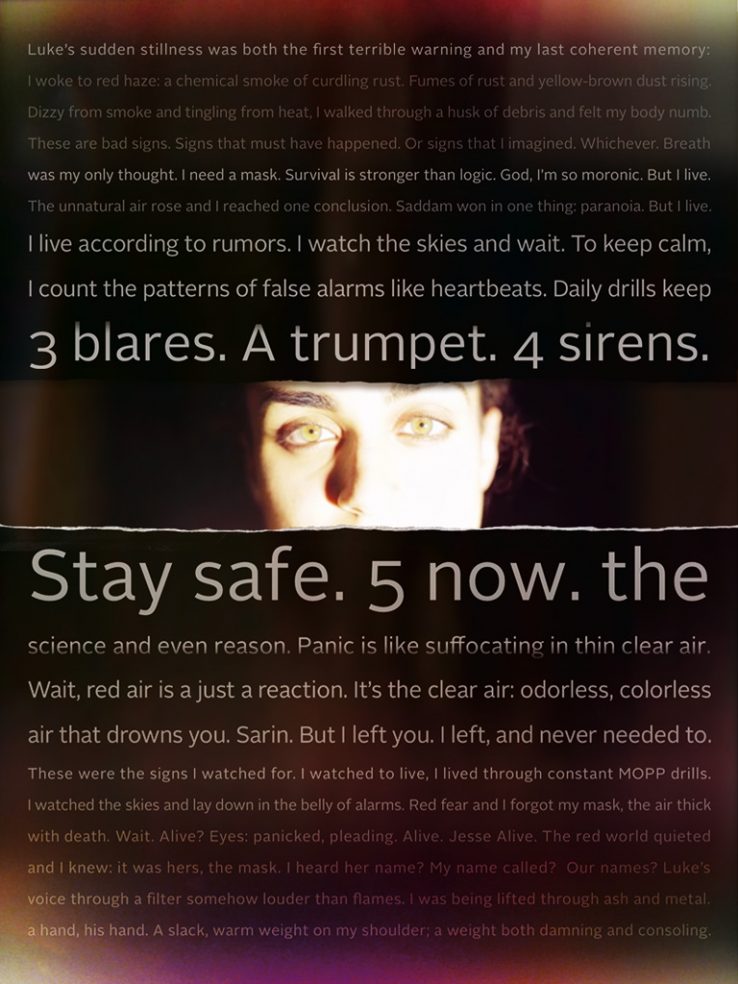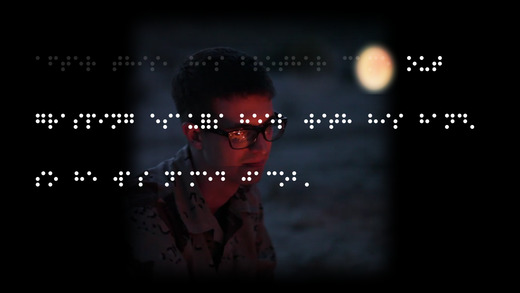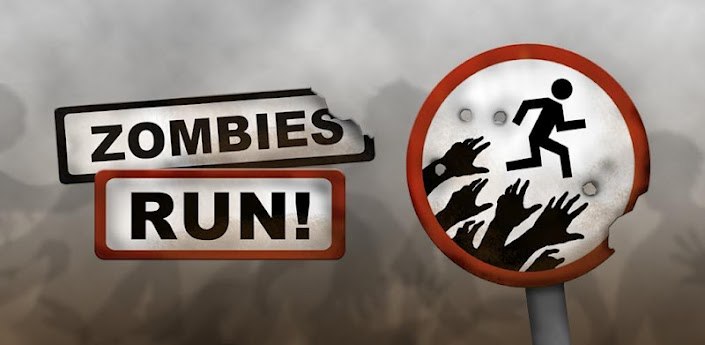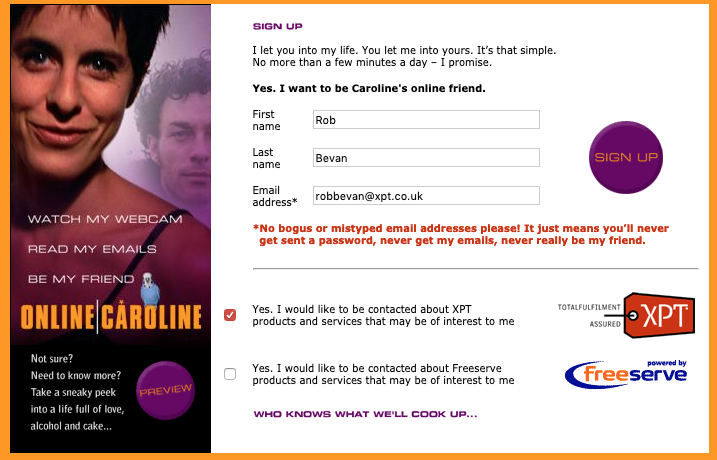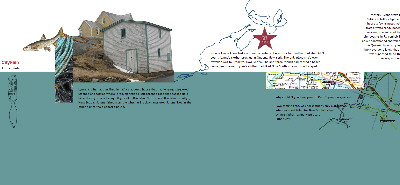Part 1: https://dtc-wsuv.org/ntadeo19/narrative
For my final project I chose to focus on network fiction, specifically the through text messaging. Especially in this day and age, communicating with a keyboard (whether it’s 10-key or full) on one’s phone is one of the most popular ways to talk to each other. Because of this form, and the story as well, I was forced to look at a conversation from the perspective of short, small bursts of information at time.
This story is a “Part 2” of another project I completed for Will’s class (which you can view below my Vimeo link above. The setting is the beginning of a disease outbreak, and “Part 1” is a blog website I hand-coded as written from the perspective of one of the characters in this story (Athena). Her blog posts reflect the unfolding of this outbreak.
Continuing the story, this Electronic Literature project centers around two characters, Nicole (Nic), and Abbey, who knew Athena, discussing the stances they’ve taken in light of this new way of living that the disease outbreak has left them in. Nicole is of the idea that she will fight for her life and the lives of those around her, and is willing to go to great lengths and risks to do so. Abbey is content to remain at home and live in comfort until the end of her days, however that may happen. It is assumed at the beginning that neither can leave their homes, and that is one of the reasons they are texting each other.
The way I created this project really simulates sending and receiving messages on a real phone, because I used my own cell phone, and screen-recorded myself typing out the script I adapted for short messages. It was quite tedious because I knew the phone was recording my every mistake and sometimes, if I missed a line, I had to start over completely because I had no way of simply removing a single text message in the conversation. My cousin let me use her Apple email on my old phone so that I could control both sides of the conversation wholly.
I really enjoyed the process of adapting the script/conversation for this project because I’ve always wanted to try writing with solely dialogue. It was a challenge to convey what went between the lines, especially when it was meant for a text message conversation, and I had to set it up in a very succinct way that wasn’t explanatory narrative, because these characters were talking to each other, not reading stories to each other. Being able to control the timing was very helpful and allowed me to emphasize tense moments or emotional ones. I even incorporated the use of emojis to lighten the mood at times.
In editing the project, I was able to control the timing even further by slowing some parts or speeding them up. Because I used my real phone, the appearance may seem inconsistent (battery life, time of day), although I did try to use real time to my advantage, wanting to give it an authentic feel.
Though there are several forms of network writing, this is one that has challenged me the most.
